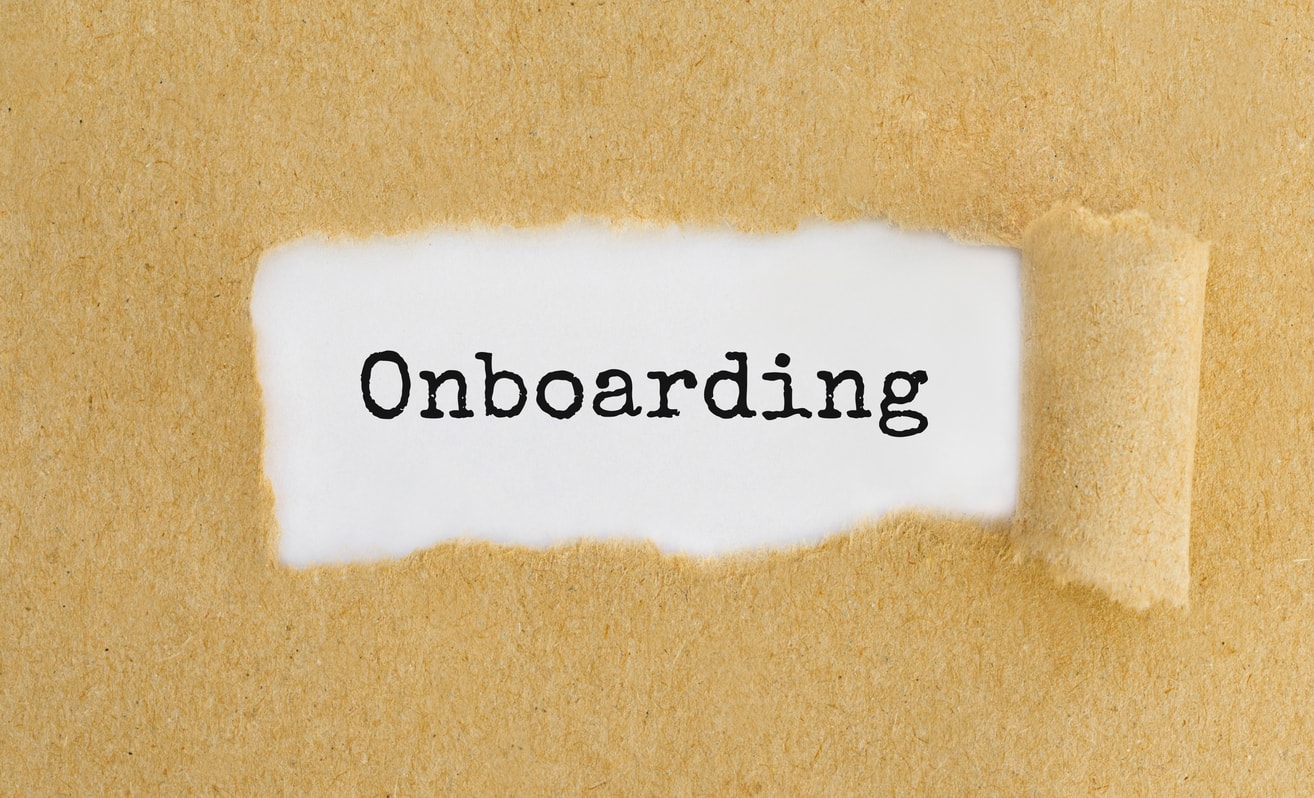Most employers put a great deal of time and effort into recruiting and hiring the most qualified candidates. Stacks of resumes are screened, skills are assessed, candidates are interviewed—often multiple times—and references need to be phoned and interviewed as well. But once you’ve found the very best fit for your company, do you have an onboarding program that gives your new employees the tools they need to thrive?

Many companies large and small assume that the hiring manager knows the best way to train a new employee. But a formal onboarding and training process is one of the best ways to ensure a positive and long-lasting relationship with your new employee. You can launch new employees on to a successful track by following some simple steps. This list of suggestions can help you develop and maintain an excellent onboarding program, keeping employees –and employers– happy.

A PERSONAL WELCOME — Ideally, the hiring manager will reach out to any new employee before day one in order to welcome them to the team. The first day should also include a tour of the office building, in-person introductions to co-workers, a memo announcing the new team member’s arrival, and a celebratory team meeting or team lunch.
THE BASICS – In week one, you’ll also want be sure your new employee knows what’s expected and what success looks like for their position. This includes outlining what you expect the employee to have taken responsibility for in the first week, the first 3-months, and the first year.
THE BIG PICTURE — During your new employee’s first few days, you’ll also want to communicate your company’s mission, goals, and values. Make the purpose behind your company’s mission clear, and also help the new employee understand how his or her job contributes to the company’s overall success.
THE DAY-TO-DAY – Once all the logistics and big picture goals are understood, now’s the time to start delegating projects. In addition to having ready access to a manager, it helps to pair up a new employee with a mentor in a similar role, who can help answer questions on everyday tasks.
DOCUMENTATION – Between meeting new people and learning new systems and company acronyms, new employees take in a lot of information in their first two weeks. As much as possible, have key material in writing—whether in print or online—so your new employee can have something tangible to refer back to.
For more support in hiring and onboarding techniques, contact MassHire Cape and Islands Career Center. 508-771-JOBS (5627).




